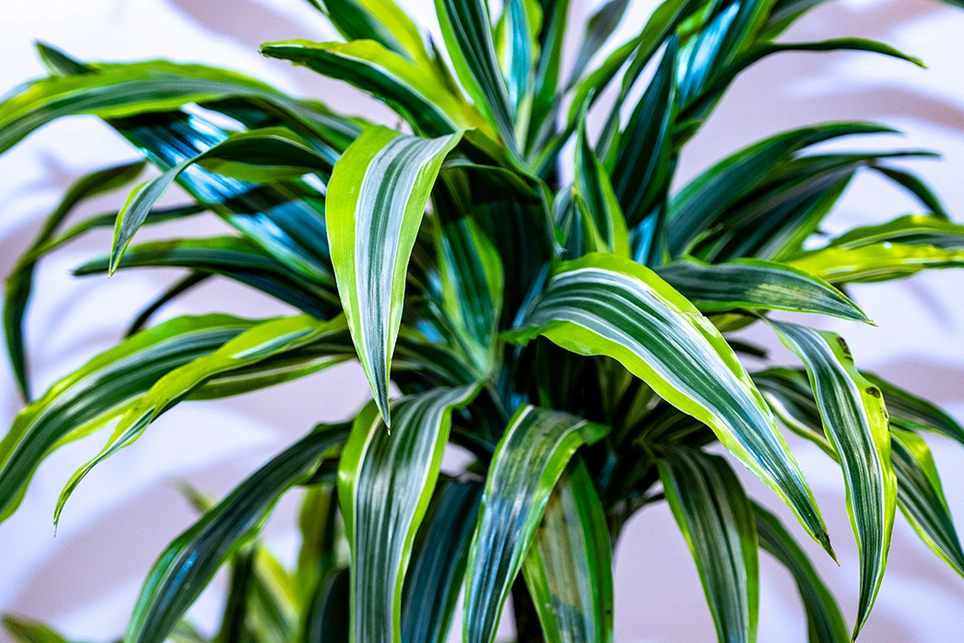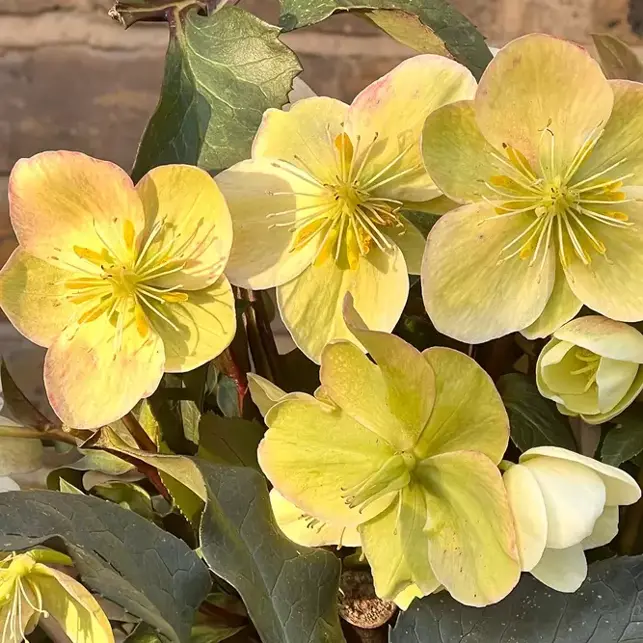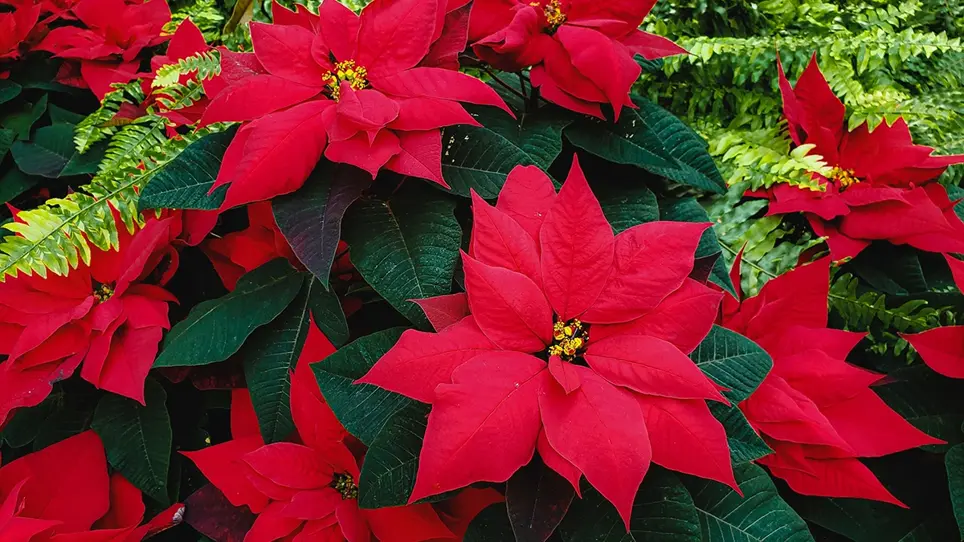
When you’ve chopped up that fresh pineapple for dessert, don’t throw away the top – you could use it to grow another pineapple plant! With their spiky rosettes of fleshy leaves, pineapple plants make dramatic-looking indoor plants, fitting in perfectly with the trend for growing succulents. And if you’re lucky (and very patient), you might even be able to harvest your very own pineapple.
Where do pineapples come from?
Pineapples come from the tropical regions of South America, so they need warm conditions to grow well, ideally above 15°C (59°F) all year round. In our more temperate climate, they’re best grown in conservatories or heated greenhouses.
To grow your own pineapple plant, all you need is a pineapple from the supermarket, a pot and some cactus potting mix. Here’s how it’s done:
How to grow a pineapple from a top
-
Choose a pineapple with a crown of fresh green leaves.
-
Cut off the top of the fruit about 2.5cm (1in) below the crown. Eat the rest of the pineapple!
-
Trim away the flesh from the top and remove the lower leaves to expose a stem portion.
-
Cut the stem back to a point just below where the leaves have been removed. Leave it out for a few days to dry before planting it to reduce the risk of it rotting.
-
Fill a pot with a very free-draining potting mix, such as cactus potting compost. Push the stem of your pineapple crown into the compost and firm the compost around it. Using a mist spray, lightly moisten the compost.
-
Cover the pot with a plastic bag to keep the compost from drying out. Check regularly and water just enough to keep the compost moist.
-
Your pineapple stem should take between 1-3 months to root. Once it has rooted, new leaves will start growing from the centre of the plant. At this stage, repot your pineapple plant into a larger container filled with cactus compost, or use multipurpose compost mixed with grit.
Caring for your pineapple plant
Keep your plant somewhere warm, such as a conservatory, greenhouse or sunny windowsill. Water sparingly, just enough to keep the compost from drying out, and feed once a month with a balanced liquid feed.
Getting a pineapple to fruit takes time and lots of patience. Plants fruit once every three years (and sometimes longer), and they only produce one fruit per plant. To give your pineapple the best chance of fruiting, keep it at a constant temperature of around 20°C (68°F), and ensure it gets approximately 6 hours of daylight every day. You may need to invest in grow lights for the winter months.
Once your pineapple plant is growing, why not combine it with a few other succulents? Visit our centre to see our exciting range of cacti, succulents and other fascinating houseplants.







